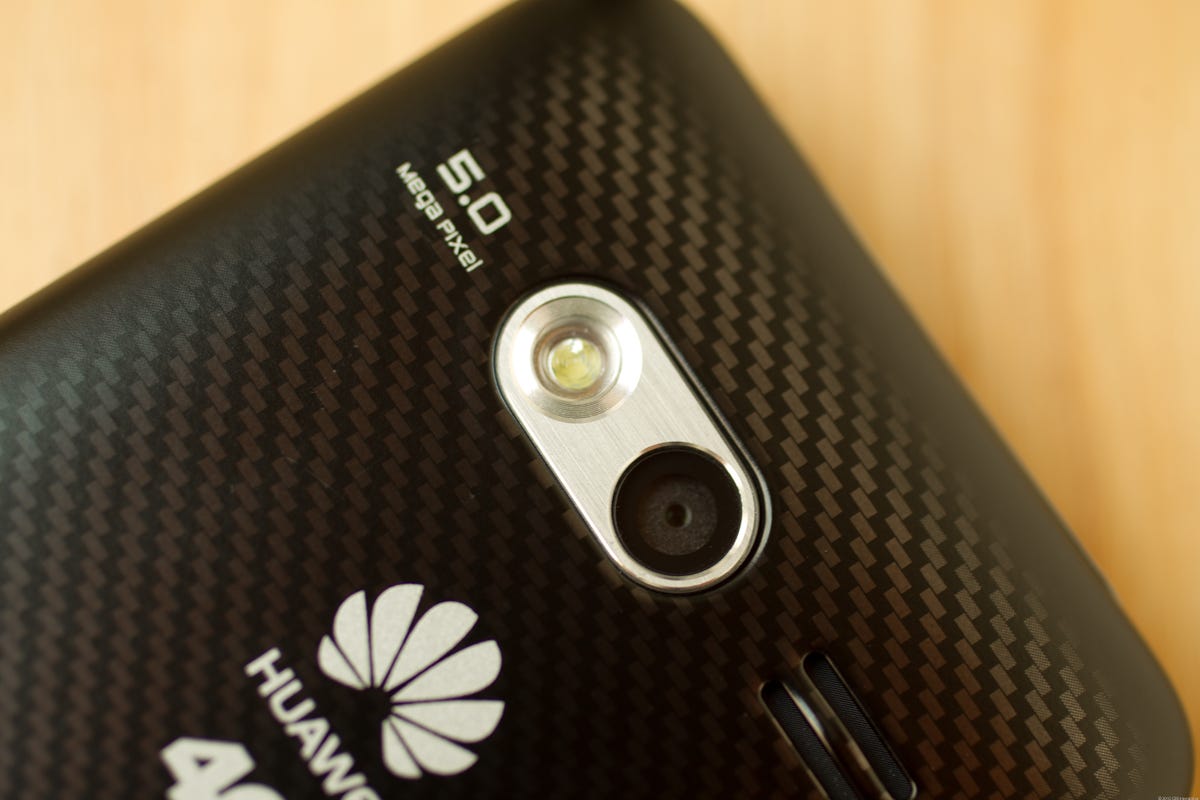Huawei is a Chinese smartphone and infrastructure manufacturer with heaps of ambition and just as much to prove.
U.S. executives, speaking at a variety of mobile conferences, have boldly shared Huawei’s vision to be a top 5 vendor in three years (they have two more to go to hit that mark). Before that happens, Huawei must also quell the U.S. government’s suspicion that the Shenzen company has economic espionage in mind.
Even beyond the pressure to gain the United States’ political confidence and enter lucrative business deals, Huawei isn’t in any shape yet to win over consumers.
Better handsets are a must
Huawei knows that it has a ways to go in the clutch U.S. market. Part of the fight is building better phones. Huawei’s U.S. handsets are typically low-end or midrange Android smartphones, and Huawei’s strongest partners are tier-two carriers like MetroPCS, a no-contract carrier that sells devices at full retail prices. As such, Huawei needs to keep material costs down and specs low in order for the carrier to offer the unsubsidized phone for an affordable price.
Related stories
- Inside Huawei, the Chinese tech giant that’s rattling nerves in DC
- Huawei commits to ‘Ascend’ Windows Phone 8 handset
- Huawei Ascend P1 a step in the right direction (review)
The result is often a handset with cheaper components, like smaller-capacity batteries and underperforming cameras. Phones released in the U.S. are often an Android version behind. On the bright side, Huawei’s customer interface is usually easy to use, and the handsets generally have appealing accents like a soft-touch finish or an eye-catching trim.
Devices like the Activa 4G do deliver some features that are on the upper end of the scale, like 4G LTE. That’s quite the offering for a prepaid portfolio whose deliberately more budget-minded handset roster will lean more heavily on trimmed-down, lower-priced phones.
Other partners, like T-Mobile and AT&T, white-label Huawei-made devices like the T-Mobile MyTouch and AT&T Fusion to sell as their own, a common practice that nevertheless doesn’t help an aspirational player build its brand.
Huawei does significantly better on the world stage, especially in past years. At Mobile World Congress this past February, it announced high-end models like the Huawei Ascend D Quad, an Android 4.0 handset with Huawei’s own quad-core processor, a 4.5-inch 720p HD screen, and an 8-megapixel camera. The Ascend P1’s sleek and unique design raised eyebrows at CES the month before.
The ups and downs of Huawei smartphones (pictures)






The P1 and D Quad represent the top of the market that Huawei needs to nail in addition to its middle- and lower-end phones — and the company isn’t quite there yet. While the global release of the P1 that I reviewed scored high styling points, it lacked in the camera department, an area of high value in the U.S. market.
On the other hand, HTC made the switch from white-label brand to household name by constructing phones with strong build quality, desirable designs, and proven specs. It also helps that HTC debuted the world’s first Android device, the T-Mobile G1.
In order to make it to the big time, Huawei will need to follow in HTC’s footsteps by wooing high-end consumers on top-tier carriers.
Building trust with carriers
Assuming that Huawei can deliver pitch-perfect smartphone options to carrier partners, there’s also the question of getting carriers to listen. “Every new vendor has to earn their spot,” Huawei’s Vice President of External Affairs Bill Plummer told me during one interview earlier this summer. “It doesn’t happen overnight.”
Huawei has been making gains. Last September, it released the Huawei Impulse 4G with AT&T, a move that Plummer says falls in line with the phone-maker’s project of earning a carrier’s trust and credibility while filling in gaps in the carriers’ portfolios.
Give them what they need now, the reasoning goes, and you’ll be in a better position to strike a better deal later on.


Josh Miller/CNET
In its slow march to the top tier, Huawei will also need to gain the ear of CDMA carriers Verizon and Sprint if it wants to really play ball.
A Windows Phone ‘bang’
Huawei has been mounting its U.S. credentials with Android smartphones, but Windows Phone presents an opportunity if the platform succeeds in taking off this year.
“Now, we are poised to end the year with a big bang — with the introduction of our first smartphone running on the Windows Phone platform,” Huawei’s Chief Marketing Officer Shao Yang said in a statement in June.
Although there’s still plenty of opportunity to hook customers to Microsoft’s relatively new OS, competition will still be stiff, with Nokia, Samsung, HTC, and ZTE phones already on store shelves.



